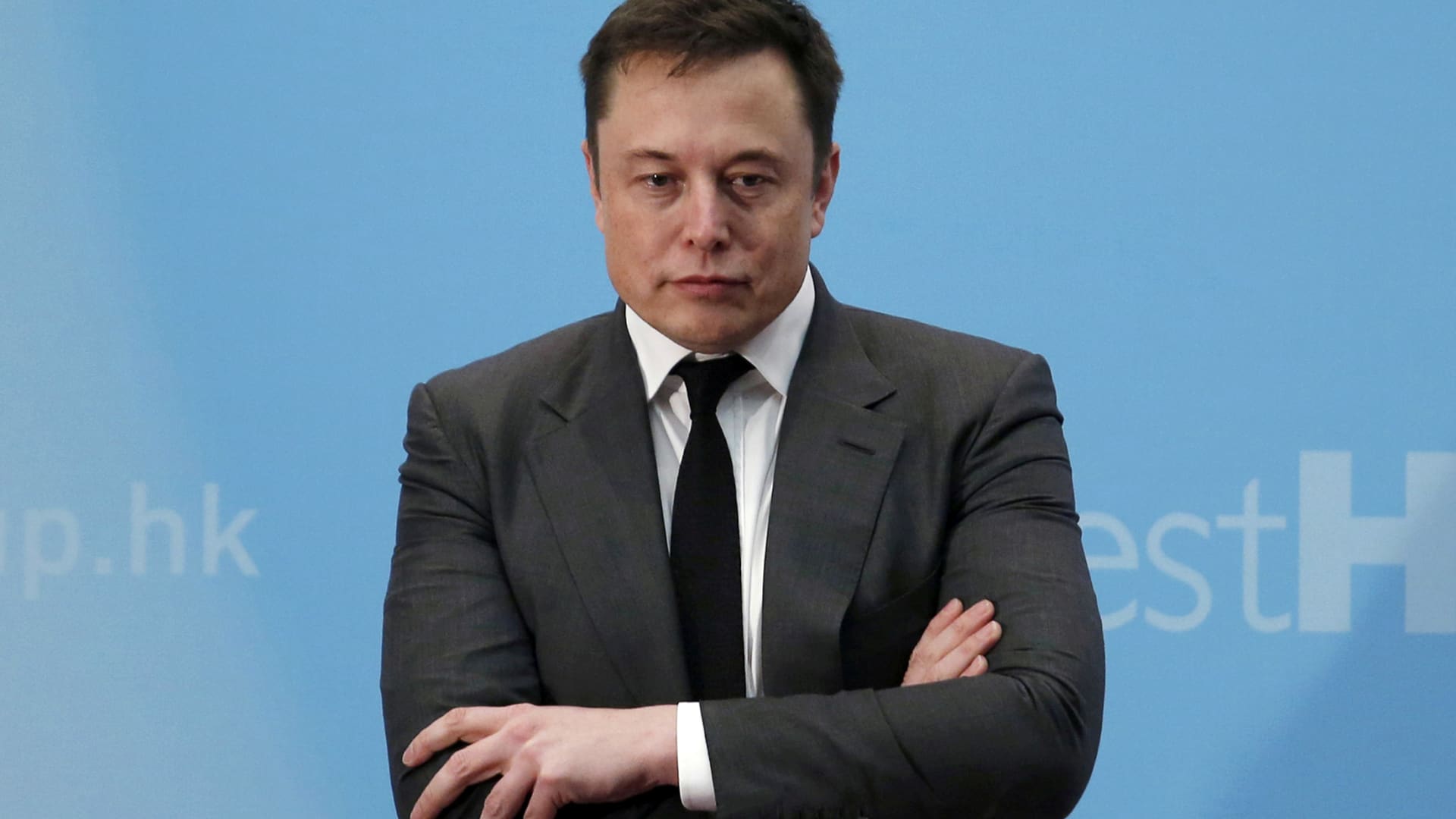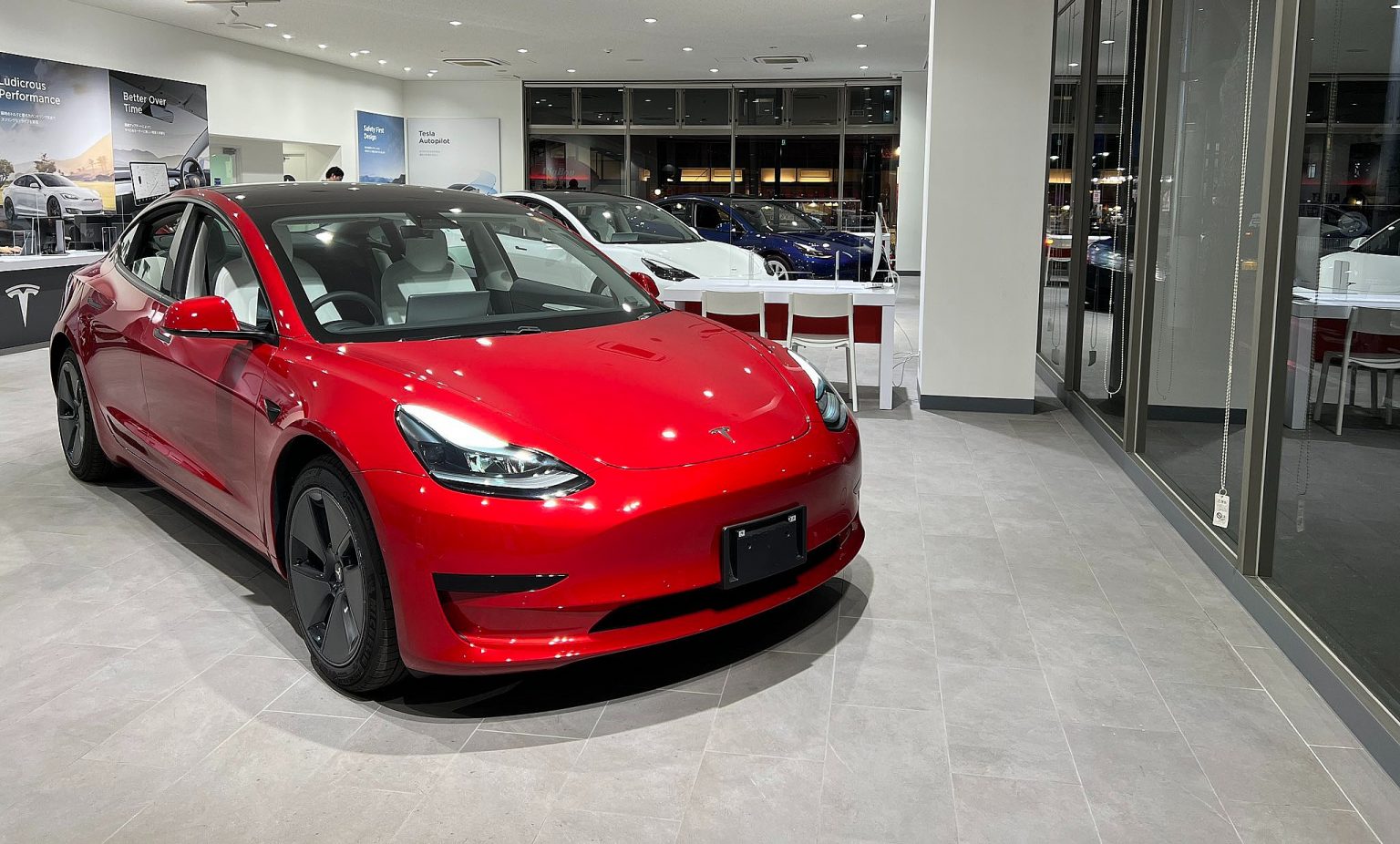Re France : Quite simply because it is in France's narrow economic interests to block economic industrialisation of Spain. In French eyes, much of southern Frace is quite similar to much of Spain, and since they want investment/jobs/etc to flow into France it is a short term interest to block strategic developments that help Spain industrialise so as to become a more viable and attractive competitor. This is a very longstanding de facto policy, perhaps a century old. It has had a specific twist to it in the sphere of energy (protect French nuclear demand, so restrict oil/gas pipes and HV grid); rail/ports (protect French rail & port networks); auto (cripple rail-traffic); and of course general road. Additionally development in the Pyrenees border region of France gets all sorts of single-issue lobby groups fired up in opposition to it, and so it takes expenditure of scarce political capital to overcome. This is a more recent thing, primarily since the 1970s. Hence cross-border projects in this area have a habit of going nowhere. I happen to disagree with French policy as it prioritises short-term French interests over long term French interests. I've lived in the relevant areas of both France and Spain by the way, so I'm well aware of the local politics and the various schemes-to-nowhere. Plus I am in and out of enough factories in both France and Spain.
(a Tesla Gigafactory in Spain is a possibility imho, France less so)
Re HV grid : As an example one client (prob the largest manufacturer of HV grid widgets in the world) took me on a tour of their factory that was running at max capacity and quoting lead times of 5-years + . They explained that their clients wanted them to as a minimum triple capacity and were begging for even more than that. However the also know that $bn investments in a new factory and its associated workforce are long term projects that need at least 20-years of stability to be truly profitable (the requisite workforce with particular specialist skills doesn't just appear from nowhere; nor do the specialist production machinery). As a result they had deferred the decision on whether to build one new factory (on the same site) by a year or so, because they know how fickle the clients are. The clients of course are typically nation-state-owned HV grid companies, and they have a habit of truncating the budget for large scale infrastructure projects whenever there is a change of politicians. So that manufacturer would rather keep one factory fully occupied (and risk competitors entering the space) than risk $bn on doubling or trebling its production capacity and end up with stranded assets in a boom-bust big-ticket capital goods cycle. Knowing the status of pretty much all these factories around the world (because I ran a factory that was a critical supplier to all of them, and I was mulling my own corresponding capacity planning investments) I can say confidently that the only market that can be relied on over a multi-decadal timescale has been the Chinese market. At the senior levels of decision making in these organisations we are all very aware of the potential for batteries to restructure the grid plus many other technical/economic factors that impinge on the area. Anybody that deals with HV-stuff is well aware of the consequences of failure - in so many ways - and so decision making tends to be very conservative. (As a comparison making 1.2 million volt x GW-capacity grid widgets is the equivalent of making 5-nano-metre chips; and there are equally few fabs that can do it; and the science and engineering and costs are similarly large). The Chinese politicians are the only ones that get this and have set a corresponding long term industrial strategy that gives 'us' (globally, collectively) the necessary confidence to invest to deliver the necessary. One sees this in all the other large scale long term infrastructure plays in China as well, which are in many ways inter-related. I think it is only in the last few years that the Chinese politburo has included people who are not either engineers or econoimists, and it shows. Go and look at the state of your own country's grid (almost anywhere in the world), consider what I am saying, and you too will likely find this scary.
(This tends to play into the hands of Tesla Energy, if they can get their sh1t in one sock which so far has a poor track record)




